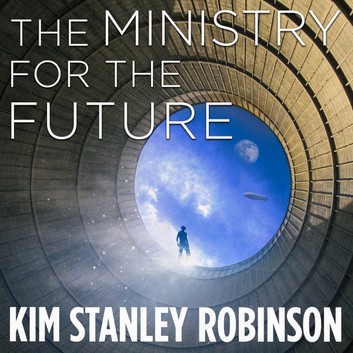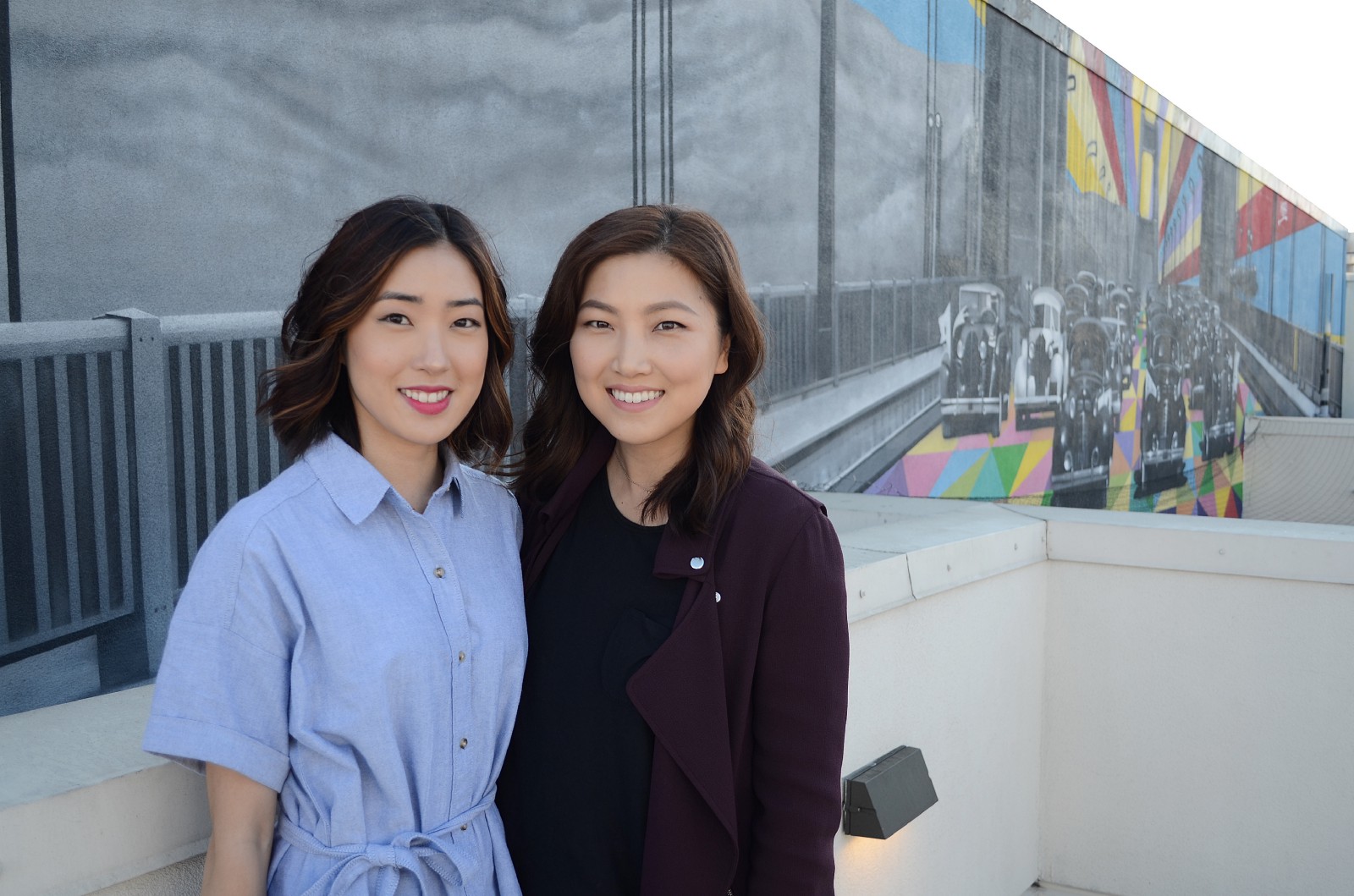Since I last wrote about ADHD at length, I’ve had a zillion conversations with people about it and heard from over a dozen people who’d pursued diagnosis after reading some of my yammerings. Clearly this means I should keep yammering, since it seems to be helpful 🙂
More recently, I’ve been having an increasing number of conversations with other founders who have ADHD or have been struggling during the pandemic and are curious if ADHD is at fault. The uncertainty and ambiguity of being a founder can be ADHD kryptonite. For me, the experience of learning to tackle my ADHD and learning to run a company is hard to separate given that I literally got my diagnosis on the second day of my YC batch in 2018. I’ve made many mistakes (so, so many) over the last nearly 4 years, but I’ve learned a hell of a lot as well.
Cognitive Behavioral Therapy
After meeting the founders last summer during their YC batch, I’ve been pretty consistently using the app InFlow, which I described to a friend as “super chill easy cognitive behavioural skill-building around ADHD.” I feel like I’ve made real progress using it. I’ve done about half the content in it – lots of stuff I’d read an article on at some point and forgotten, some stuff that’s 100% new. It’s a good mix of novelty and reinforcement. The bite-size audio format and super concrete exercises seem to work really well for me. They have text for each audio segment too, so I can look and see what word I missed when I get momentarily distracted.
I’ve been noodling on is this quote from a cognitive therapy book about ADHD for about a month now, and it honestly keeps rocking my world every time I re-read it:
Regarding the long-range management of ADHD, it is important to point out that the relapse rate for ADHD is 100%. It is certain that ADHD adults, even if they are adherent treatment responders to a textbook combination of evidence-based treatments, will encounter problems resulting from executive dysfunction, motivational deficits, or for- getting to use effective coping strategies. Thus, rather than viewing such unavoidable slip- ups in all-or-nothing terms (e.g., “I guess I’m still at square one.”), CBT encourages the use of a problem-management approach (e.g., “What factors contributed to this situa- tion? What can I do to handle it and to minimize its occurrence?”). This harkens back to our notion that CBT for adult ADHD provides a framework for understanding how dif- ficulties arise as well as companion coping strategies with which to make changes.
from Cognitive Behavioral Therapy for Adult ADHD: An Integrative Psychosocial and Medical Approach, By J. Russell Ramsay, Anthony L. Rostain (emphasis mine)
It’s just such a poignant reminder that this is just a thing to accept and work around. That things will ebb and flow, there’ll be good days and bad days. We’ll build skills and forget them and remember them again and this time write them on a sticky note on the monitor and then the sticky note’s adhesive will wear off and we’ll forget until the next time around the sun when we’re like oh, what was that skill? I’ll try that again. And the trick is doing it with grace and self-acceptance and just trying to get a little better each time.
I haven’t read the whole book (someone quoted the line about relapsing in a Slack I’m in and I hunted down the origin) and it’s a bit more clinician-focused than I think I’ll end up needing, but I also recently picked up “Cognitive-Behavioral Therapy for Adult ADHD: Targeting Executive Dysfunction Paperback” (🇨🇦 link) by Mary V. Solanto after seeing it mentioned in one of Dr. Russell Barkley’s Youtube videos and it’s next on my stack after the brand new edition of Dr. Barkley’s Taking Charge of Adult ADHD (🇨🇦 link).
In his recent interview on the Ologies podcast, Dr. Barkley describes ADHD as “one of the most impairing disorders we treat in an adult outpatient basis.” [Holy crap it’s such a good conversation; heads up that they talk about a car crash Dr. B was in earlier this year at the start of the episode]. This shit is hard, yo. One of the reasons ADHD causes suffering is that you can’t get anything done; the other is the self-flagellation that comes with the consequences of ADHD. Reducing one’s suffering from ADHD needs to come from both ends: improve the functioning, but also increase the self-compassion. I wrote in my previous post about how well the non-stimulant ADHD med Intuniv/Guanfacine worked for me, as has a semi-regular meditation practice including lovingkindness meditation (shout out to the Ten Percent Happier app, which was what finally made meditation stick for me). I’ve since stopped taking Intuniv because a couple of years on it unwound some of my patterns of negative self-talk so well that when I stopped taking it… my internal monologue no longer just constantly yells at me about how much I suck. It’s nice. Highly recommend not yelling at yourself constantly.
Meds
I was on too low a dose of stimulant medication for my first 3 years post-diagnosis. My wonderful new Canadian GP identified this last year and upped my dose, and I’ve been a lot more functional. I definitely had some internalised shame/guilt/ablism/idk that had me taking as little medication as I could notice any effect on, and fundamentally it just wasn’t enough to effectively treat my ADHD.
I also went from taking nothing on weekends to taking half my weekday dose. My life on the weekend doesn’t need as much executive function, but it doesn’t not need any, and with half a dose I’m able to get more Life Stuff done on the weekends. It helps me remember to call my friends, and be able to read more than a paragraph of a book without getting distracted. I read a novel last year for the first time in… a long while. And even wrote a blog post about it!
Coworking and Pairing
Nothing gets me un-stuck like working with another human being, whether it’s working directly on something together (bless u Google Docs) or just being present while we both quietly scowl at our email inboxes together. The tool you use doesn’t matter so much as the practice of doing it – heck, call the person on a landline, that’s fine – but we’ve been really vibing with Tandem and Remotion for internal remote co-working at Tall Poppy recently. There are services like Focusmate, Flow Club, Centered.app, and Caveday that will provide coworking buddies and groups with varying styles and levels of structure. Or set up a group chat/DM with your two or more closest ADHD friends and just check in with each other on what’s working. Longer post on tools for this to come… eventually 🙂
Gumption Traps
Have you read the book “Zen and the Art of Motorcycle Maintenance?” I honestly thought it was terrible when I read it like a thousand years ago, but there’s one really awesome concept that a friend reminded me of recently and I’ve been chewing on, called a “gumption trap.” I’ve now run into a gumption trap around making this section too perfect, so instead I’m just going to point to this blog post that explains the idea and the section on them in the Wikipedia article on ZAMM which describes their types, and have faith that it’s good enough to ship.
I may end up coming back and editing or adding to this post, but I wanted to use it as an object lesson for myself in getting over my perfectionism by shipping it tonight. I hope you get something out of it regardless, and I’d love to hear from other founders with ADHD who have tactics to share, or anyone for whom what I wrote resonates. Feel free to leave a comment, email me at leigh at this domain, or DM me on Twitter. And stay gentle with your self, whatever shape your brain comes in.





